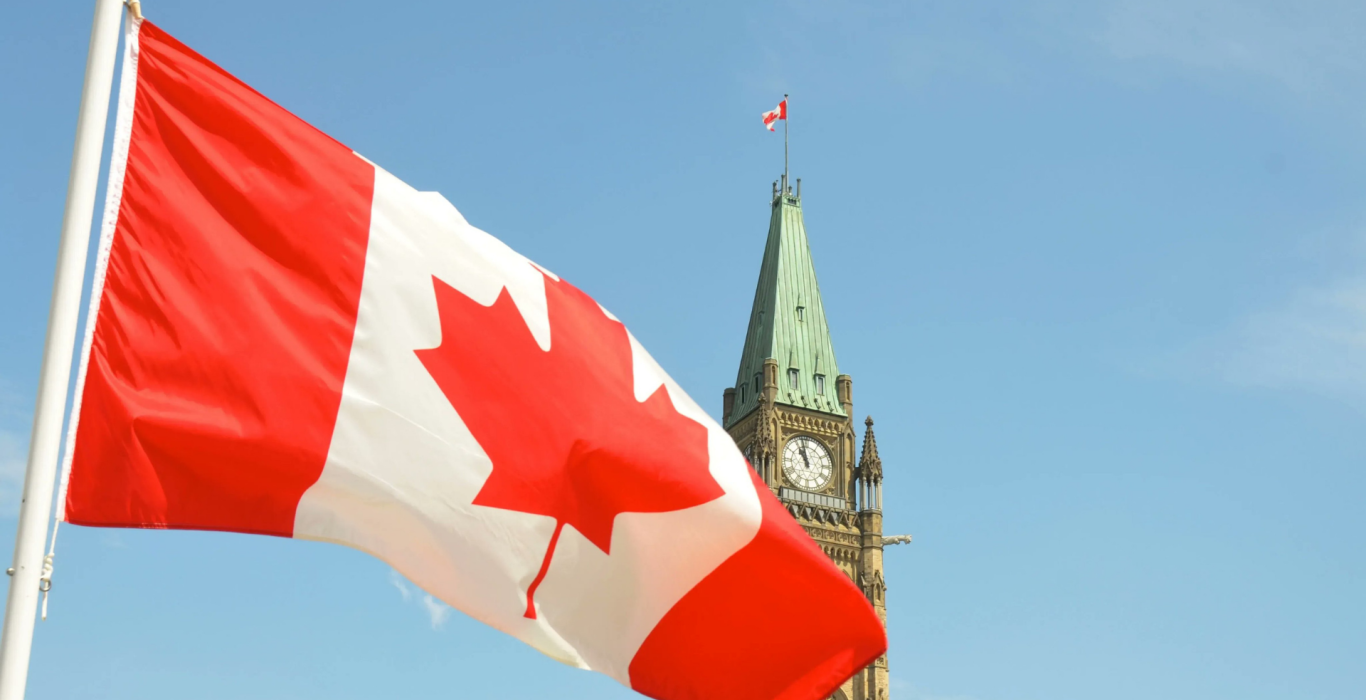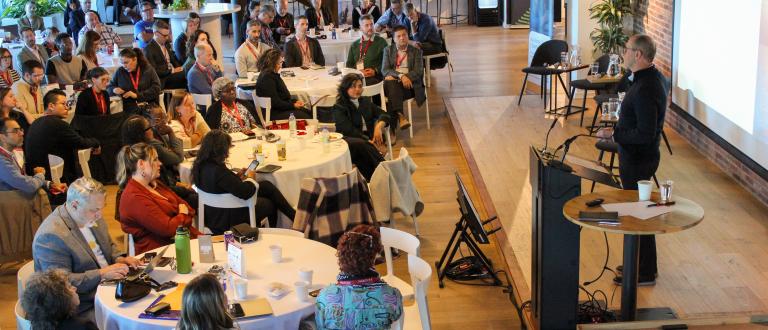Released on April 7th, the 2022 federal budget highlights the success of Canada’s recovery programs, boasting the return of many economic indicators to their pre-pandemic levels. The budget uses this narrative to rationalize shifting from pandemic expenditures towards targeted investments in the economy, despite Canada experiencing record high COVID-19 cases in many jurisdictions across the country.
The federal budget aims to address the pre-existing problems that the pandemic has exacerbated, such as housing affordability and access to childcare. The inclusion of policies directly pertaining to the charitable and nonprofit sector suggests that the federal government recognizes its importance in maintaining the strength of the Canadian economy. However, the commitments made in this budget are unlikely to result in widespread poverty alleviation, meaning the demands on this sector will remain high. The charitable and nonprofit sector will need to rise to the occasion to meet those needs. Furthermore, the budget does not commit to a strategic partnership between the public and charitable and nonprofit sector, limiting strategic engagement with a sector that is critical to supporting equity-seeking communities.
Charitable and nonprofit sector advocacy sees long-awaited results
The 2022 budget includes a welcomed amendment to the Income Tax Act, allowing charities to establish meaningful relationships with organizations that are not charities, coming after years of advocacy from the charitable and nonprofit sector. This amendment benefits equity-seeking groups and grassroots organizations for whom having charitable or “qualified donee” status may be less common. This amendment eliminates a legislative barrier that previously resulted in less access to charitable funds for equity-seeking groups, however, the total impact of this policy can only be evaluated once additional details are released. For investment assets exceeding $1 million, budget 2022 proposes increasing the disbursement quota from 3.5 to 5 per cent to better leverage funds from foundations. The proposal, set to take effect on January 1st, 2023, includes a 5-year review and improved clarity on calculations.
Taken together, these changes emphasize the growing salience of charities and nonprofits. These proposed measures show the success of the mobilization and advocacy done by this sector and may be indicative of the federal government listening and acting on key sector priorities. The inclusion of the charitable and nonprofit sector at a time where government is emphasizing the strategic and targeted nature of their investments could be interpreted as a promising development.
Welcomed increases to nonprofit housing and childcare
The commitment to addressing the housing crisis emphasizes the need for collaboration with nonprofits, and specifically commits $200 million to the Affordable Housing Innovation Fund, of which half will go to support nonprofits, co-ops, developers, and rent-to-own companies building new rent-to-own units. The promise of non-market housing and the recognition of nonprofits as providers of housing services is an improvement to current housing policy. It is worth noting that the housing policies put forward in this budget do not address the financialization of the housing market, which empirical evidence suggests is a contributing factor to higher housing prices and rent, driving up inequality. By failing to invest in addressing the root cause of housing insecurity, the government shifts the burden to the charitable and nonprofit sector to provide shelter, food, support services, and more.
Beginning in 2023-24, $625 million over four years is being allocated towards the Early Learning and Child Care Infrastructure Fund. This funding is intended to support the creation of additional nonprofit and public childcare spaces by helping organizations overcome cost barriers, notably in relation to infrastructure funding. Nonprofit childcare is a fiscally responsible policy choice that prioritizes children, parents and communities over corporate profits. In addition, data from the COVID-19 pandemic has highlighted the shortcomings of for-profit long-term care. Ensuring a truly accessible system for families at the lower end of the income distribution will require the creation of free childcare spaces, which the government is well-positioned to provide should they continue investing in nonprofit childcare to expand the national early learning and childcare system.
Over the next five years, $16 million is allocated to amend GST/HST eligibility rules to remove the remoteness criteria required for care provided by nurse practitioners to be eligible for the expanded hospital rebate. This change recognizes the shifting landscape of healthcare and as well as the key role that charities and nonprofits play in providing life saving services.
No investment in a key and foundational area - a home in government
Over the past two years, the charitable and nonprofit sector has been instrumental in helping Canadians meet their needs throughout the pandemic. Despite the important contributions this sector makes to the Canadian economy, this budget does not formalize a strategic relationship between the federal government and this sector. Consequently, there is limited policy coordination, support and funding for a sector that is essential to ensure many government promises are met. This budget misses the opportunity to imbed the charitable and nonprofit sector within the government.
Charitable and nonprofit sector cannot fill the social deficit alone
Investments in the federal budget that directly impact individuals and communities have spillover effects on the charitable and nonprofit sector by impacting the demands for the goods and services provided by this sector. The limited investments made in social infrastructure in this budget are unlikely to compensate for the loss of major pandemic supports such as the CERB. Examples of nonprofits and charities likely to be overburdened by weak government action in the next year include harm reduction organizations, which without any mention of safe supply will not see any drop in the demand for their services. Organizations in this sector that serve people with disabilities will also continue to feel the weight of the social deficit. Overburdened charities and nonprofits cannot keep filling gaps as the social deficit grows without core funding to support them. Repeated calls from the sector for increased investments in social infrastructure and enhanced core funding remain unanswered in this budget.
A budget that works towards making poverty eradication a reality and meets necessary climate and reconciliation objectives recognizes the contributions that the charitable and nonprofit sector can offer, while still investing directly in individuals and communities.



